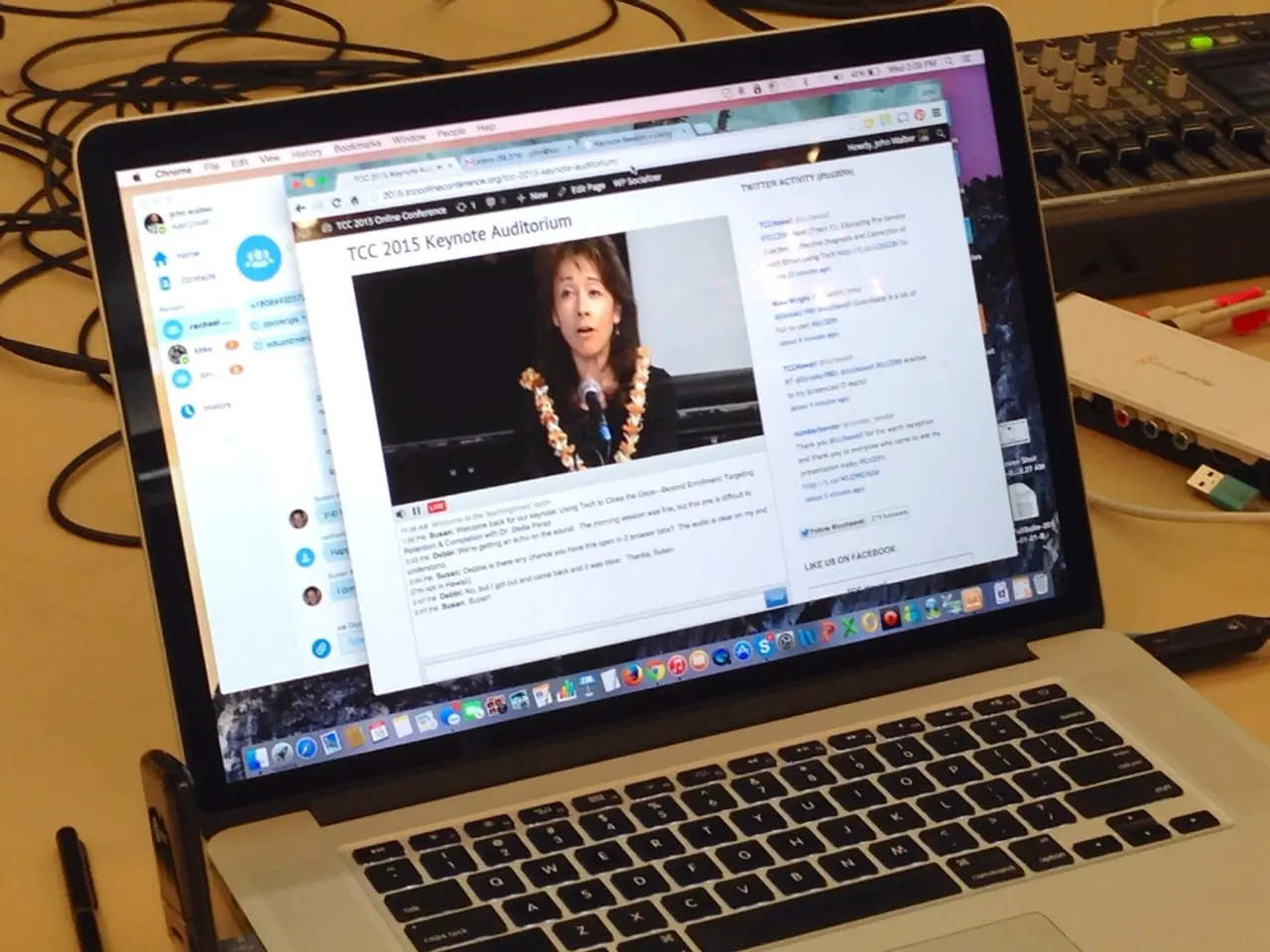Intel to reduce workforce by 24,000 in 2025; pullback from multiple projects, including German and Polish ventures among others.
In a bid to streamline operations, increase efficiency, and restore competitiveness, Intel, once the dominant player in PC chip technology, is undergoing a significant restructuring. The tech giant plans to reduce its global workforce by approximately 25,000 employees (about 15% of its core workforce) by the end of 2025, bringing the employee count down to around 75,000.
This workforce reduction is part of a broader strategy led by new CEO Lip-Bu Tan, aiming to address financial challenges and catch up with rivals like Nvidia and AMD in the AI and semiconductor markets.
Key elements of Intel's current status and future plans include:
- Workforce Downsizing: The layoffs follow previous reductions and involve layoffs, attrition, buyouts, and early retirement packages. Management layers have been reduced by about 50% to flatten the organization and accelerate decision-making.
- AI and Business Restructuring: Intel is refocusing investments to align more closely with market demand, specifically building what customers need when they need it. An internal memo confirmed plans to spin off the network and edge business into a separate company, indicating strategic realignment.
- Termination or Slowdown of Expansion Projects: The company is canceling planned fabrication facilities in Germany and Poland and slowing construction on a new factory in Ohio. This scaling back is part of efforts to reduce capital expenditure by aligning spend with actual market demand.
- Geographical Operational Changes: Intel will consolidate some operations by moving certain assembly and testing functions from Costa Rica to Vietnam, though it will maintain some engineering roles in Costa Rica.
- Financial Context: Intel reported a $2.9 billion loss in the most recent quarter despite slight revenue improvement, highlighting ongoing financial struggles. The company projects $17 billion in cost savings due to these measures but continues facing profitability challenges.
- Return-to-Office Policy: The CEO has also mandated a return to office by September 2025 as part of cultural and organizational transformation efforts.
Intel's struggle to keep pace with changing trends, particularly in mobile processors and AI technologies, has been a significant factor in its financial woes. The company's Intel Core Ultra Series 1 AI chips, released in 2024, performed below the competition, and the Series 1 chips also faced poor performance.
However, Intel's future success may rely on upcoming processors like the Panther Lake and Nova Lake chips, expected to launch soon. The company continues to face competition from rivals like AMD, Nvidia, and Qualcomm, which have made significant investments in mobile processors and AI technologies since the 2000s.
The tech giant's former CEO, Pat Gelsinger, offended TSMC by stating that Taiwan is not a stable place for chip manufacturing, which may have contributed to the termination of a lucrative agreement with TSMC, providing a 40% discount on 3-nanometer wafers, greatly increasing the cost of production and adding to Intel's financial troubles.
As Intel navigates these challenges, the company has announced layoffs of thousands of US workers and is pulling back from plans to build large fabrication facilities in Germany and Poland, which would have provided thousands of jobs. More PCs are opting to use AMD chips over Intel processors this year, marking a shift from past practices.
The date for the next round of Intel layoffs is currently unknown.
- Intel, in a bid to enhance efficiency and align with market demand, is planning to update its desktop and laptop PC hardware, potentially including the introduction of the Panther Lake and Nova Lake processors.
- Microsoft's Windows team may face competition as more teams opt for AMD chips, having a possible impact on the overall market share.
- Despite Intel's workforce reduction, the company is still striving to catch up with rivals like Nvidia and AMD in the AI and semiconductor markets, particularly in mobile processors and AI technologies.
- Xbox gamers might notice a shift in hardware when Intel succeeds in improving its mobile processors and AI technologies competitiveness, potentially impacting the overall gaming experience.
- Microsoft and Intel's future technology collaborations might be influenced by Intel's ongoing financial struggles and revised priorities in PC chip technology, necessitating careful considerations for both companies.




